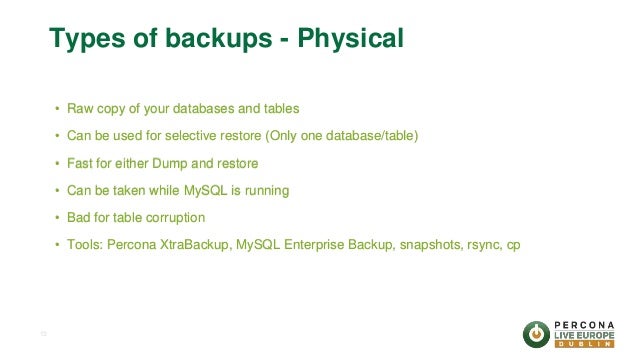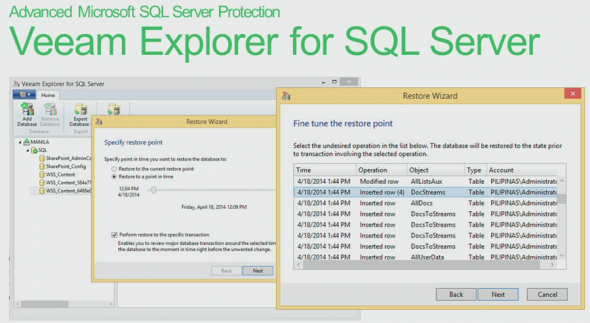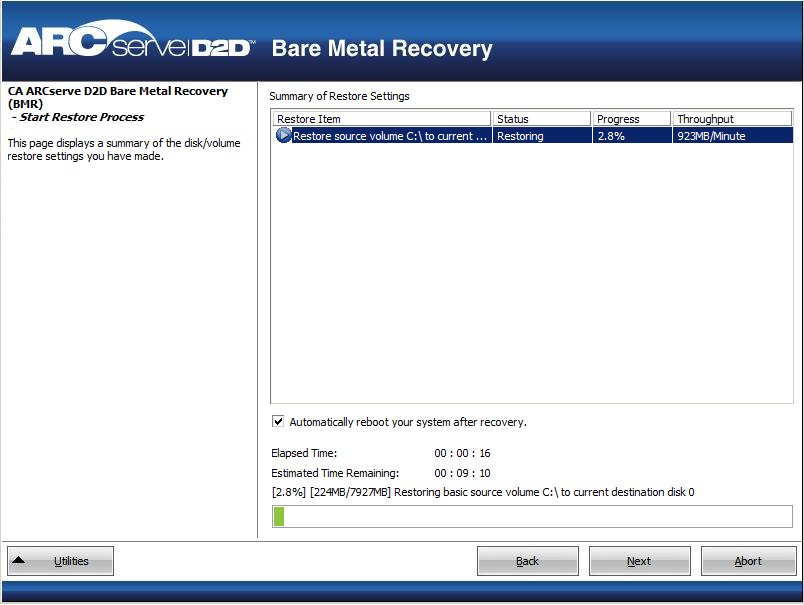

For best performance provide a direct connection from tape server to the repository or even co-install both roles on the same server, provided it has sufficient resources.Using a modern OS version is highly recommended. Tape server can be a Windows or Linux machine.This should be a physical machine or a VM connected through iSCSI, since direct pass-through is not supported.

You will need a tape server that will perform most data transfer tasks during archiving to tape.
The latest changer and controller firmware. Drivers supplied with Microsoft Windows are not recommended. Remember that only the original (OEM) drivers are supported. The latest drivers for your tape library. 
Double compression will not give any benefits and can even increase the size of the file on tape.
 Do not use hardware compression with compressed Veeam backups. Software encryption can decrease performance. If you plan to use encryption for archived data, consider using hardware encryption (implemented in LTO-4 and later). For added security consider using WORM tapes. Only tapes stored in a safe place can be considered an air-gapped backup. If tapes are stored in the library, they can still be erased in case of a hacker attack. Export and rotate the tapes regularly. The latest version supported by Veeam Backup & Replication 12 is LTO-9. For increased capacity, use the latest LTO. If you have multiple libraries, ensure that the barcodes are unique throughout the infrastructure. Please check the integrity of the barcodes before you start using the tapes, and make sure the barcode reader is turned on. To streamline the workflow, use tapes with barcodes. Using it together with any third-party tape-recording software (for example, in your evaluation lab) may prevent other software from recording. It is recommended to configure the tape library for use exclusively by Veeam Backup & Replication. When planning and implementing your deployment project, follow the recommendations below: How to deploy a tape library and use it with Veeam This blog post provides advice and considerations that will help you create a robust tape archival infrastructure. With Veeam, IT administrators can use flexible options to create copies of backups and store them on a different media, following the 3-2-1 Rule for the backup and disaster recovery. Additionally, it’s offline when not in a tape loader. It is cheap, reliable and offers protection against crypto viruses and hacker attacks. One of the most popular choices for backup archival is tape. Additionally, with many new features of Veeam, the tape support now includes putting vSphere, Hyper-V, Agent (Nutanix AHV, Windows, Linux etc.) and NAS backups on tape.
Do not use hardware compression with compressed Veeam backups. Software encryption can decrease performance. If you plan to use encryption for archived data, consider using hardware encryption (implemented in LTO-4 and later). For added security consider using WORM tapes. Only tapes stored in a safe place can be considered an air-gapped backup. If tapes are stored in the library, they can still be erased in case of a hacker attack. Export and rotate the tapes regularly. The latest version supported by Veeam Backup & Replication 12 is LTO-9. For increased capacity, use the latest LTO. If you have multiple libraries, ensure that the barcodes are unique throughout the infrastructure. Please check the integrity of the barcodes before you start using the tapes, and make sure the barcode reader is turned on. To streamline the workflow, use tapes with barcodes. Using it together with any third-party tape-recording software (for example, in your evaluation lab) may prevent other software from recording. It is recommended to configure the tape library for use exclusively by Veeam Backup & Replication. When planning and implementing your deployment project, follow the recommendations below: How to deploy a tape library and use it with Veeam This blog post provides advice and considerations that will help you create a robust tape archival infrastructure. With Veeam, IT administrators can use flexible options to create copies of backups and store them on a different media, following the 3-2-1 Rule for the backup and disaster recovery. Additionally, it’s offline when not in a tape loader. It is cheap, reliable and offers protection against crypto viruses and hacker attacks. One of the most popular choices for backup archival is tape. Additionally, with many new features of Veeam, the tape support now includes putting vSphere, Hyper-V, Agent (Nutanix AHV, Windows, Linux etc.) and NAS backups on tape.








 0 kommentar(er)
0 kommentar(er)
